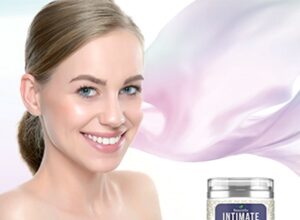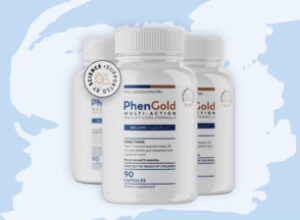Obesity is an extremely big problem in the United States and all over the world. In America, around 2/3 of the population is overweight or obese, meaning that they have a body mass index (BMI) of 25 or greater. In our society, being overweight or obese is easier than ever before. There are fast food restaurants stationed on every corner, portion sizes that are larger than necessary and unhealthy food that is less expensive than quality food. Our poor diets and lack of exercise are the main causes of the rising obesity epidemic that is plaguing the country.
Obesity is a preventable disease that causes many complications for those afflicted. Being overweight (having a BMI of greater than 25), obese (having a BMI of greater than 30) or morbidly obese (having a BMI of greater than 35) can result in a whole host of ailments that could eventually wind up claiming the person’s life. Some of the side effects associated with being obese are type II diabetes, high blood pressure, high cholesterol, high triglyceride levels, gout, hypertension, joint pain, atherosclerosis and more. So many issues can be linked back to obesity.
The Importance of Your Diet
The human body needs a certain amount of calories to function on a daily basis. Each person’s caloric requirements are different, which is why diets vary from person to person. An estimation of how many calories you need each day can be figured using the Harris Benedict Equation. This formula uses variables such as age, height and weight to find a person’s basil metabolic rate (BMR), or how many calories your body needs in order to function at rest. It then takes that number and factors in your activity level through another equation in order to find how many calories you need to consume in a day. It is extremely important that people understand how many calories their body actually needs compared to what they consume on average. Knowing a few simple numbers will really put things into perspective when meal planning and deciding whether to go with a doughnut or a healthier option, such as a bowl of oatmeal or some eggs.
After you understand how many calories you body needs, you need to look at your own diet and try to figure out how to optimize what you are eating and replace the unhealthy food sources with nutritious ones. The macronutrients (carbohydrates, fat and protein) are all important for your body to function at optimal levels. You need to consume a proper balance of the three in order to maintain your weight and fight obesity. Excess amounts of any of the three could result in you putting on the pounds.
When you plan your diet, you need to look for quality sources of food. Whole foods that are not processed are optimal choices. To combat obesity, you need to be consuming plenty of fresh fruits and vegetables. Fresh is preferred over canned, as the fresh sources contain more vitamins and minerals. When picking out grain sources, you should opt for whole grains or multi grains. Stay away from the white bread and other enriched or fortified sources. Whole grains take longer to digest and will leave you feeling fuller for longer. Protein is a key player in a healthy diet. As we talked about at the beginning, people consume a lot of fast food. Things like cheeseburgers and Philly cheese steaks are loaded with protein; however, they are loaded with saturated fats and calories as well. You need protein in your diet because you cannot store any surplus that you might have consumed. When picking your protein sources, you need to make your choices wisely. Protein sources from animal products, if consumed in abundance, can lead to obesity, heart disease, diabetes and gout.
Choose protein that comes from lean meat or a supplement such as a protein replacement shake. Sources of liquid protein are great for people of any health level to choose to replace some of their unhealthy options.
Complications of Obesity
We have discussed that obesity is a trend that is reversible. Unfortunately, should you let it go on for a significant period of time, some of the complications that arise might not be so easily reversed. Heart disease, for example, is one such problem. If you consume a poor diet then you are damaging your heart with the plaque buildup in the artery walls. Even if you decide to change your diet for the better, you have already done the damage and the plaque is still there. Another complication of obesity is a condition known as gout. Gout occurs when your kidneys cannot flush out the uric acid fast enough into your urine stream. This leads to a buildup of the uric acid, causing swelling and extreme pain. According to research, obesity is the main cause of gout. Along with things such as gout, you have all of the usual suspects that you hear being discussed all of the time. You have heart disease, high blood pressure, the potential for type II diabetes and joint pain, among other problems.
With so much known about obesity, you would think that people would take a more proactive role in their own lives and make better diet choices, yet they do not. Each day many more Americans will develop complications associated with obesity. Instead of changing their diet and opting for healthy sources of protein, they will pick up that unhealthy cheeseburger or, even worse, the extra value meal. What value does consuming 2000 calories in one meal present for someone?
When you are planning your diet and trying to fight obesity, go with the healthy food options. Pick out those healthy vegetables and fruit. Eat the whole grains and don’t forget to consume plenty of quality protein.






